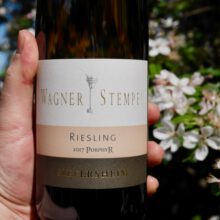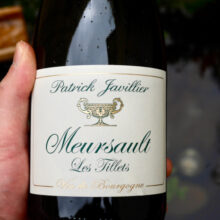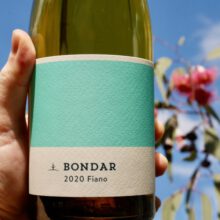
Product information
Sadie Family Swartland Twiswind 2024
$208
Description
“Twiswind – “to argue with the wind” in Afrikaans – is the maiden release of a brilliant field blend from a 1.4-hectare site planted as recently as 2019. Featuring a medley of Chenin Banc, Cinsault Blanc, Clairette, Grenache Blanc, Grillo, Marsanne, Palomino, Picpoul, Semillon and Vermentino, it’s like a who’s who of the Mediterranean, with lime, greengage, grapefruit, quinine and juniper flavours, thrilling acidity and a mineral core. 2027-32.”
Tim Atkin MW, 95 Points
In stock






You must be logged in to post a comment.